Hanguguan Historical and Cultural Tourist Area
Hangguguan Historic and Cultural Tourist Area is a national AAAA-level scenic spot built by Lingbao Municipal Committee and Municipal Government with an investment of 589 million yuan. It covers an area of 5,000 mu, is 13 kilometers away from Lingbao City and less than 2 kilometers away from Lingbao Export of Lianhuo Expressway. It is famous for its celebrities (Laozi), famous works (Daodejing) and famous customs (Hangguguan). It is a person who integrates military culture with Laozi culture. Wen Tour Area. Now the main attractions are Lao Tzu's sacred image, moral heavenly books, Taoist altar, Detang, Taichu Sacred Palace, Avenue, Taoist Health Garden, Tibetan Jingge, Zhanzi Tower, Jiming Tower, Stele Forest, Guanlou, Hanguan Ancient Road and more than 50 places.
At the 2008 China Yellow River Tourism Conference, Hanguguan Historical and Cultural Tourism Area was named "50 Sceneries of the Yellow River in China".
Historical humanism
The ancient Hangu Pass was named for its deep danger in the valley. From Siushan in the east, Tongjin in the west, Hangu in the name of Hangu, known as the "danger of nature" ("Cihai"). Keeping close to the throat of Langhan, connecting Hengling to the west, Jujian to the east, Qinling to the south, Yellow River to the north, dangerous terrain, narrow roads, known as "irregular cars, horses and horses" is one of the earliest grand fortresses built in China, known as "Tiankaihangu Grand Pass, Wangu Dust-startled to the North sky". "Shuangfeng towers alongside the river, a battlefield in Hanguan since ancient times." For more than two thousand years since the Spring and Autumn Period and the Warring States Period, Hangu Pass has experienced the struggle between the seven heroes and the Chu and Han Dynasties, the peasant uprisings of Huang Chao and Li Zicheng, and the smoke and smoke of the 1911 Revolution, the War of Resistance Against Japan and the War of Liberation. Whether in pursuit of deer in the Central Plains or enterprising in Guanzhong, Hangu Pass has always been a strategically important place for military strategists to contend for. Many battles here have affected the course of Chinese history.
Hangu Pass is not only a military strategy, but also the crossroads of the ancient culture of the Central Plains and Qin and Jin Dynasties, which went west to Chang'an and East Daluoyang. There are too many legends in the magical Hangu Pass, and every legend is continuing the magic of Hangu Pass.
The historical stories and legends of "Ziqi Donglai", "Laozi Pass through the Customs", "Chicken Ming and Dog Pirates", "Gong Sun Baima" and "Xuanzong Changyuan" are circulated around this famous city. Tang Taizong, Tang Xuanzong, Sima Qian, Li Bai, Du Fu, Bai Juyi, Sima Guang and other historic celebrities Linguan recited poems and fu, which has been circulated to more than 100 articles.
In the fourth year of King Zhou Jingwang (516 B.C.), Lao Tzu, a famous thinker and philosopher in China, resigned from his official post and traveled to the west of Guan Dynasty. When he was in Hangu Guanguan, Yin Xiguan ordered Yin Xi to look eastward one day. He suddenly saw purple air soaring up in the sky. He knew that different people had passed through the Customs. When he greeted him personally, he saw Lao Tzu coming on a green ox and Yin Xi graciously detained him and asked him to write a book to remain in the world. The world, and spread for thousands of years. As for this historical fact, Sima Qian recorded in Historical Records - Biographies of Lao Tzu and Han Fei that "Lao Tzu practices morality, and his learning is self-concealment and obscurity. If you live in Zhou for a long time and see Zhou's decline, you will go. At the most crucial point, Guan Ling Yinxi said,'Zi will conceal and write books for me. So Lao Tzu wrote the first and last chapters of the book, and said more than 5,000 words about moral meaning, but he didn't know what he was going to end up with. Sima Qian's account indisputably proves the historical fact that the Tao Te Jing was born in Hanguguan, and the word "Ziqi Donglai" has become a classic symbol of Chinese culture.
The text of the Tao Te Jing is rich and profound, and it is of great significance to educate human beings. Since ancient times, from emperors and generals to the people of Li, there has been a great enthusiasm for the study of this classic work.
Nowadays, the study of Laozi's thought has become an international cultural phenomenon. More than 40 countries, such as Britain, France, the United States and Japan, are studying the Taoist Classic, so its global circulation is second only to the Bible, which establishes Hangu Guan's original position in Taoist doctrine. On October 20, 2002, Min Zhiting, president of China Taoist Association and Yuxi Taoist, named Hangu Guan as "the source of Taoism".
The origin of Lingbao's place names is also quite legendary. Zizhi Tongjian contains: Jiayin in the first year of Tianbao (742 A.D.), Tian Tongxiu in Chen Wangfu's army, and Tian Tongxiu in Chen Wangfu's army, who also said, "I dreamed that Emperor Xuanyuan was in the air of Danfeng Gate and told me to hide a spiritual charm in Yinxi's house" and sent it to Yinxitai of Guguan to seek it." Renchen, a group of Ministers on the table, with "Hangu Lingfu, latent corresponding to the year number; congenital no violation, Please add the word"Tianbao"in the honor number,... February, Xin Mao... Taolin County is called Lingbao. Lingbao place names have been used ever since.
Lingbao Hangguguan, the holy place of Linggu Valley, which was born with the Tao Te Jing, has created many legends with its unique atmosphere. It has attracted many celebrities and politicians from home and abroad to visit it. It has also received the attention and concern of leaders at all levels. Jiang Zemin, Wen Jiabao and Li Keqiang, successive leaders of the state, have conducted tours and guided the work of scenic spots. Hangu Ancient Road has been listed as the "Silk Road" of the whole application for the World Cultural Heritage List. Henan Province has also taken the Hanguguan tourist area as a pilot scenic spot for cultural and tourism integration.
The landscape architecture in Hangu Guan Scenic Area contains the profound connotation of Laozi culture everywhere, which makes people feel as if they are swimming in the long volume of Tao Te Jing.
The surface of 1400 mu of Taiji Holy Lake is like a beautiful bright eye, which adds infinite charm and spirit to Hangu Pass.
Lao Tzu's image, holding the Tao Te Ching, is solemn and respectful, shining in the sunshine. Tonggao 33.3 meters highlights Laozi's philosophical thought of "three living things". Bronze forging and gold affixing show the thought of Taoist culture shining on the earth.
The 365-meter-long and 12-meter-high moral heavenly book is engraved with the full text of the Tao Te Jing, with a single word of 1 square metre, which is like a long dragon with a grand momentum, and can be called the world's largest.
Hangu Guanguan Building is a Qin and Han Dynasty building. It has two doors, two floors, three floors and four A-style suspended hilltop. It is a "tripod" shape. It stands on the ancient Hanguan Road with the domineering spirit of "one husband, one Wanfu Mok", which reproduces the momentum of Hangu Guan Dingding Central Plains.
Main attractions
I. Hanguguan Ancient Town Project
The ancient town is positioned as the service function area of scenic spots, the inheritance area of Laozi culture, the exhibition area of folk culture and the ecological livable area of leisure and health preservation. It consists of three parts: commercial service area, ecological livable area and cultural entertainment and leisure area. It is a complex of cultural tourism and real estate projects. Hanguguan Ancient Town is planned and designed by Northwest China Architectural Design and Research Institute, with a total floor area of 550,000 square meters. The project is divided into three phases, with a total investment of 1.1 billion yuan (excluding special equipment and land costs). The development of Hanguguan Ancient Town has now completed the administrative examination and approval of project establishment, filing and environmental impact assessment. The overall plan and the first phase of project design have been completed. The first phase of project construction has been approved for 500 mu of land, and has gone through the relevant procedures for land use, which has met the conditions for starting construction.
2. Hangu Pass Road Cultural Health Park Project
The project is located on the East Bank of Jianhe River in Hanguguan Township, covering an area of 3000 mu, with an estimated total construction area of 400,000 square meters and a total investment of 2.5 billion yuan. It is composed of four blocks: the old urban area of leisure health preservation, the international large enterprise club area, the health preservation park, the art village and the commercial service area. Hangguguan Historic and Cultural Tourist Area: According to the architectural style of Qin and Han Dynasty, inherit Laozi culture, build an ecological hotel, a high-end villa-style leisure and vacation hotel that embodies the unity of heaven and man, return to the true, harmony between yin and yang, virtual and real, advocate nature. The project covers an area of about 500 mu, with a construction area of 100,000 square meters and an investment of 650 million yuan.
International Large Enterprise Club Area: According to the design of Qin and Han architectural style ecological club, it is estimated that 100 large enterprises will be introduced to become the enterprise training, leisure and vacation places inheriting Laozi's cultural characteristics. It is estimated that the project covers an area of 1000 mu (each enterprise covers an area of 10 mu), with a construction area of nearly 200,000 square meters and a total investment of about 1 billion yuan.
Health Park: A large leisure park with the theme of health culture and folk culture covers an area of about 500 mu, with an investment of about 300 million yuan.
Art Village and Business Service Area: Develop the advantages of Lingbao people's outstanding Diling and Wuhua Tianbao, utilize Lingbao as the source of Chinese culture, excavate local folk craft features such as paper-cut, face sculpture and shadow play, organize folk craftsmen, build art and culture villages, cater to the needs of tourism, display and promote Lingbao crafts, gold jewelry, apples, dates and other local products. Taste Lingbao's special snacks and appreciate the Yellow River's folk culture. It is estimated that the project covers an area of 500 mu, with a construction area of 100,000 square meters and an investment of about 500 million yuan.
III. Project of Laozi Institute of Traditional Chinese Studies
Laozi culture is extensive and profound, which not only affects Chinese society, but also arouses worldwide attention and research. The construction of Lao Tzu College is the need of Lao Tzu's cultural dissemination and the blending of Chinese culture and world culture. Located in the west of Hangu Guan Scenic Area, the College covers 520 mu. The project is mainly composed of Laozi National Research Institute, National Academy Hall, Reading Classic Hall, Senate, Dormitory Area, National Library, Canteen, Catering House and other buildings. It is a place for spreading and promoting moral culture and a center for academic research and exchange of moral culture in the world. Its architectural style is antique, with an area of 80,680 square meters and a total investment of 450 million yuan. 520 mu of construction land has been approved by Henan Provincial Department of Land and Resources.
4. Daquedi ancient jujube forest in Ming and Qing Dynasties
Houdi Village in Dawang Town is the best habitat and origin of Lingbao Dazao. There are 4,000 mu Ming and Qing ancient Jujube Gardens in the village, which constitute a scenic line of "Garden Village, Village Garden". Since 2000, it has been opened as a tourist area of the Ming and Qing Dynasties. Every spring and autumn, tens of thousands of people come to watch and pick fresh jujubes and buy dried jujubes. Tourists not only enjoy the spirit, but also get economic benefits. It is a very attractive ecological tourist area. Planning for the construction of roads, cottages and catering facilities in the tourist area, the investment is estimated at 85 million yuan. Hanguguan Historical and Cultural Tourist Area
V. Development Project of Han Wangtai Site
Hanwangtai is located 5 kilometers west of Qin Hangu Guanxi. It has a magnificent momentum. It boards the platform to overlook and has a good view of the torrential Yellow River. During the Chu and Han Dynasties, Liu Bang, king of the Han Dynasty, set up a camp here, mobilized his troops, and went east to Hangu Pass to compete with Xiang Yu for domination of the world and accomplished the great cause of unification. Site restoration is under planning with an estimated investment of 150 million yuan.
6. Jianhe River Waters Tourism Scenic Belt
Jianhe River waters tourism scenic belt refers to the tourist attractions formed after the harnessing of Hangguguan section of Hongnongjian River. It is located in the east of Hangguguan Township, Lingbao City. It starts at 250.0m upstream of Liangcunqiao Bridge and ends at the upstream of Hangguguan scenic spot. The flood control standard is once encountered in 50 years, and the total length of harnessing is 2.1km. Among them, the river channel dredging is 2.1km, the newly-built dykes are 2*2.0km, and two rubber dams are planned to harness the river width. Degree 214.0m, of which the rubber dam reservoir area is 194.0m wide and the drainage channel is 20.0m wide. After harnessing, the water area reaches more than 200,000 square meters, forming Jianhe tourist scenic belt, enhancing the development value of nearly 10,000 mu of land on both sides of the Taiwan Strait, which is an ideal area for recreation, health and water recreation projects. The project investment is about 600 million yuan.

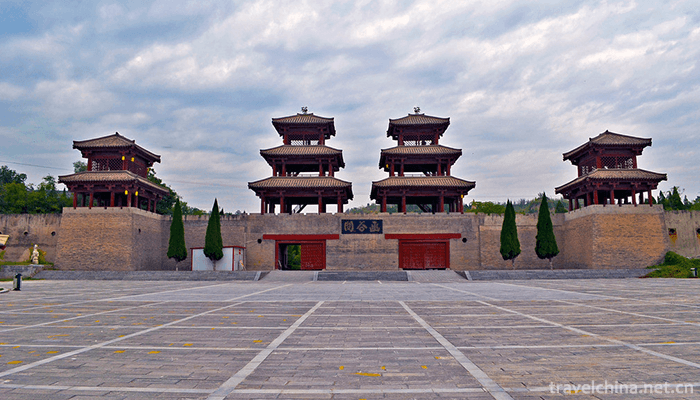
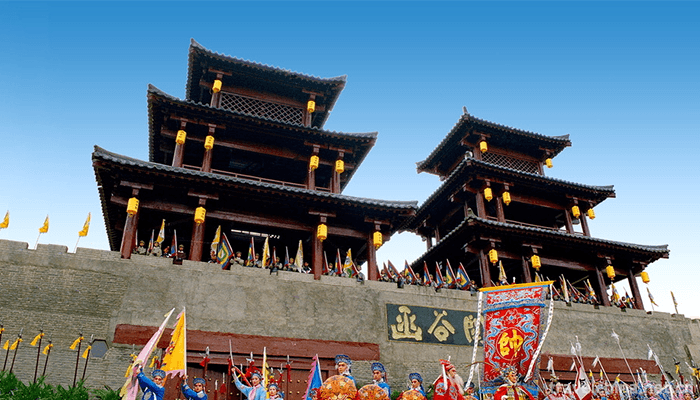
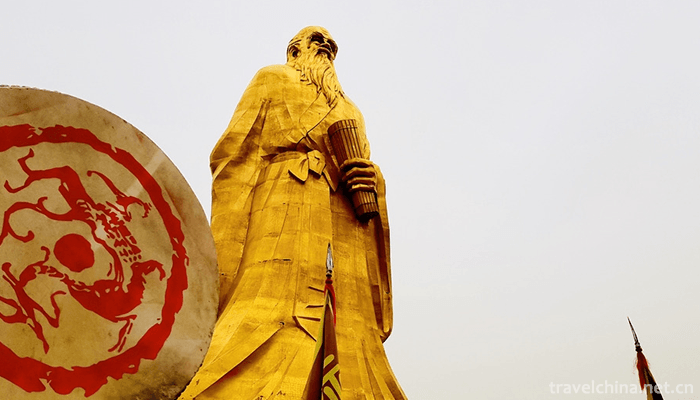
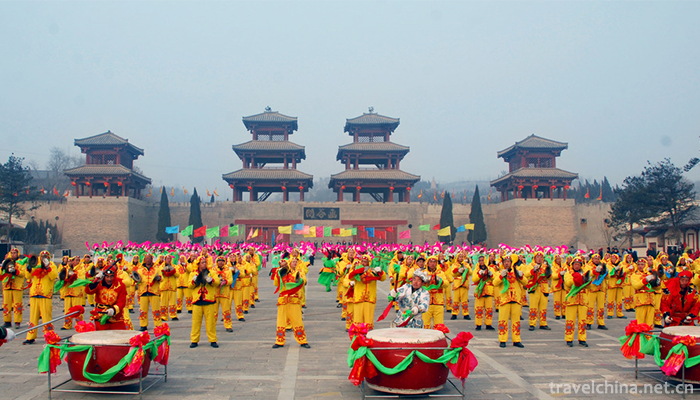
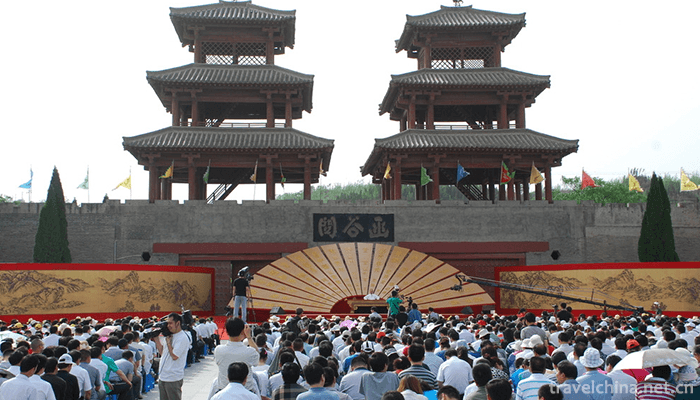
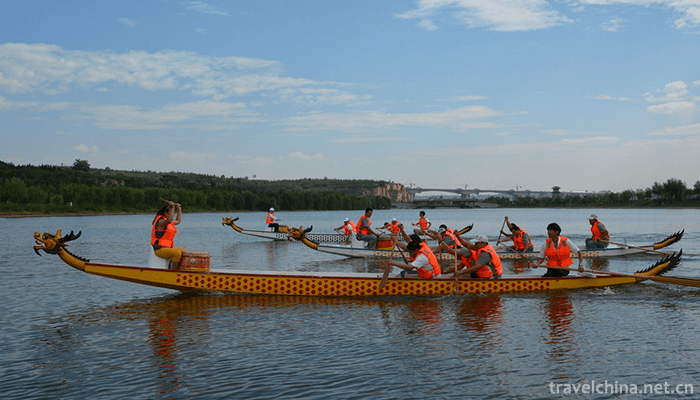
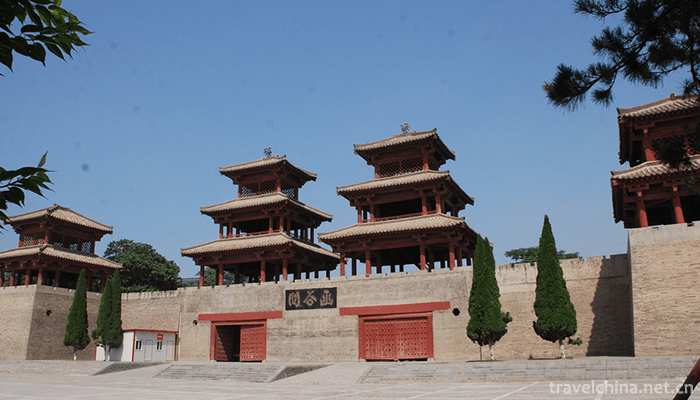
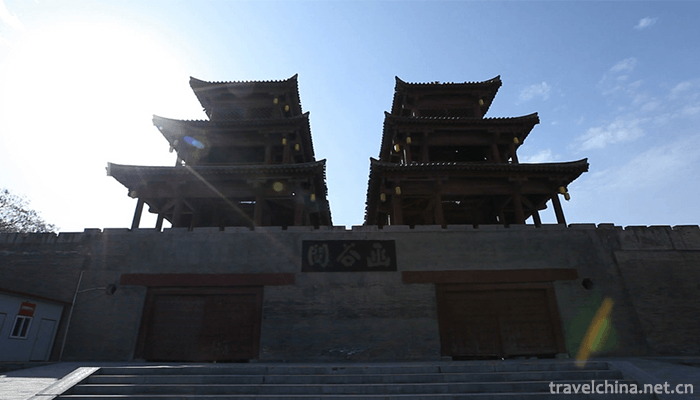
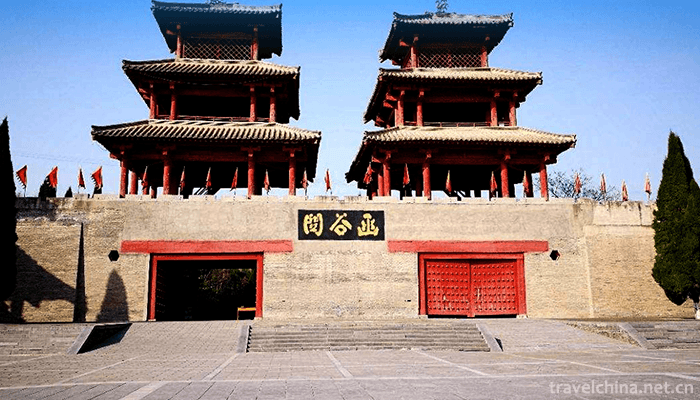
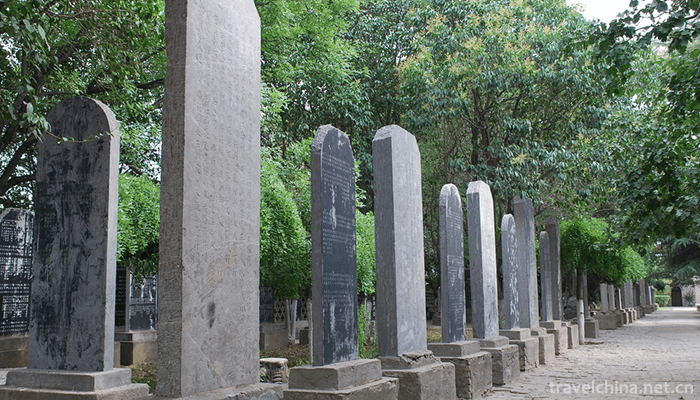
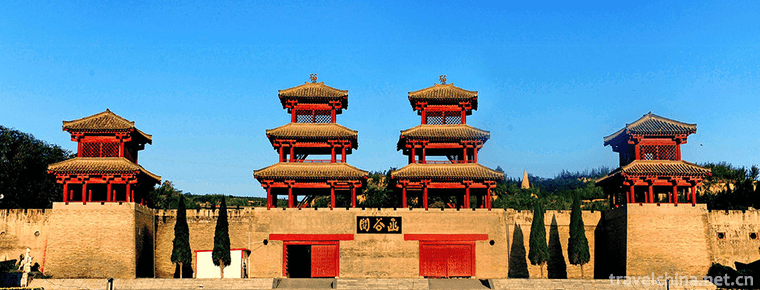
-
1.Bemo music
Qubila fire is well known in Meigu County, Liangshan Prefecture. He is not only a highly respected Yi Dabimo, but also a representative successor of national intangible cultural heritage projects.
Time 2019-04-04 -
2.Craft of birch bark making
Birch bark making techniques, Oroqen Autonomous Banner of Inner Mongolia Autonomous Region, local traditional handicraft of Heilongjiang Province, one of the national intangible cultural heritage.
Time 2019-05-04 -
3.Lanxi stall spring
Lanxi Spring Spring Spring Spring is an ancient form of sitting and singing art, which was formed and popular in Lanxi area in the Midwest of Zhejiang Province, Jinhua and Quzhou, and belongs to Nanci
Time 2019-05-10 -
4.Qinghai Pingxian
Qinghai Pingxian, also known as Xining Fu Zi, is one of the new local folk songs in Qinghai Province. It is popular in Xining, Huangzhong, Datong and Mutual Aid Agricultural Areas. Qupai is known
Time 2019-06-10 -
5.Soil alkali firing technology
On June 7, 2008, the soil-alkali firing system was approved by the State Council and listed in the second batch of national intangible cultural heritage list.
Time 2019-06-23 -
6.Uygur Costume
Uygur costumes - more patterns, very beautiful, full of characteristics. Uygur men - pay attention to black and white effect, so bold and unrestrained. Uygur women prefer to use contrasting colors to
Time 2019-06-26 -
7.Lotus in Wenzhou
Wenzhou lotus is a local opera evolved from Wenzhou Taoism, and it is also one of the main operas in Zhejiang Province. It has spread to Wenzhou (including the counties under its jurisdiction) and par
Time 2019-06-28 -
8.Bruce Lee
Bruce Lee (November 27, 1940 -1973 July 20th) Lee Jun Fan Teacher Ye Wen Born in California, USA San Francisco The ancestral home of China Guangdong Province Foshan City Shunde District Junan Town The
Time 2019-09-04 -
9.Convenient facilities and medical services of Chengdu Giant Panda Base
Chengdu Research Base of giant panda breeding has a tourist service center in the hall on the first floor of the museum, which can provide free convenience services such as microwave heating, drinking water hot water, baby carriage, wheelchair, walking stick, umbrella, needle and thread bag, etc.
Time 2020-12-13 -
10.Administrative division of Guangyuan
Guangyuan City has 7 county-level administrative divisions (Municipal District 3, county 4) and 142 township level administrative divisions (Street 7, town 111, township 24). It covers an area of 16310 square kilometers and has a population of 3.11 million. Guangyuan Municipal People's government is located at No.24, north section of Renmin Road, Lizhou district.
Time 2020-12-15 -
11.Neijiang cultural undertakings
By the end of 2019, there are 121 performing arts venues in Neijiang City, including 6 cultural venues. There are 5 museums, 5 cultural relics protection and management institutions, 7 national key cultural relics protection units, 42 provincial cultural relics
Time 2020-12-16 -
12.Yibin economy
In 2019, Yibin City will realize a GDP of 260.189 billion yuan, an increase of 8.8% over the previous year in terms of comparable prices. Among them, the added value of the primary industry was 27.764 billion yuan, an increase of 2.9%; the add
Time 2020-12-18